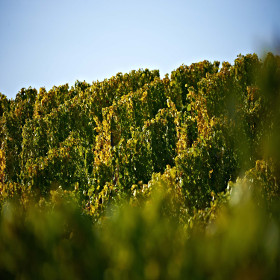Winery Lamberth
The Lamberth family winery, a wine-growing enterprise of 19 hectares, is located in Rheinhessen on the Rhine terrace between Mainz and Worms. All wines are grown in their own vineyards, vinified and bottled on the estate.
Around the small community Ludwigshöhe mainly classic grape varieties are grown. In addition to the white varieties Riesling, Silvaner, Sauvignon Blanc, Chardonnay, Pinot Gris and Pinot Blanc, there are red wines from Dornfelder, Portugieser, Merlot, Cabernet Sauvignon and Pinot Noir.
The wines of the wine line Edition CL bear the signature of junior chef Carsten Lamberth. Reduced yields guarantee rich and long-lasting wines. The maximum manual work in the vineyard, a selective harvest and the traditional vinification are the basis for these harmonious top wines. The wines of the best vintages mature in small oak barrels. For a maximum taste experience, the red wines are bottled unfiltered. Particularly outstanding wines are designated as reserve wines with "R".
Multiple Awarded in Gault Millau, Eichelmann, Feinschmecker, Vinum, Der Mainzer ...
English and French speaking visitors are welcome.





















